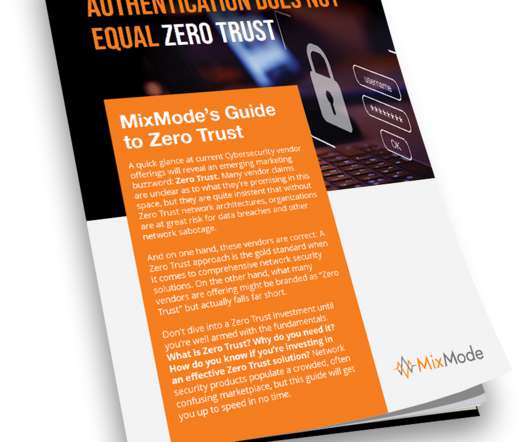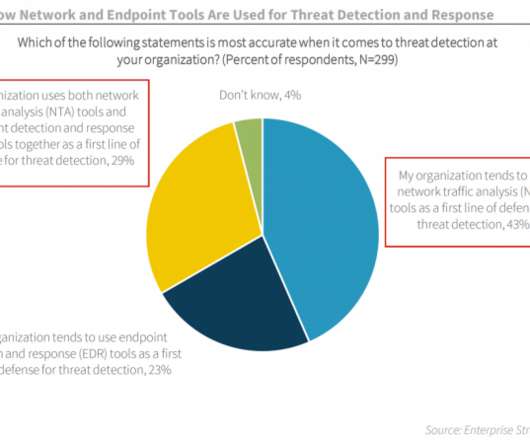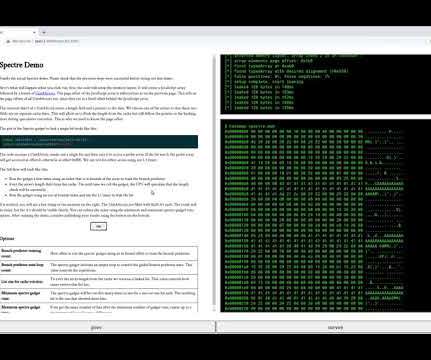WHITEPAPER: Authentication Does Not Equal Zero Trust
Security Boulevard
MARCH 30, 2022
Many vendor claims are unclear as to what they’re promising in this space, but they are quite insistent that without Zero Trust network architectures, organizations are at great risk for data breaches and other network sabotage. The post WHITEPAPER: Authentication Does Not Equal Zero Trust appeared first on Security Boulevard.












Let's personalize your content